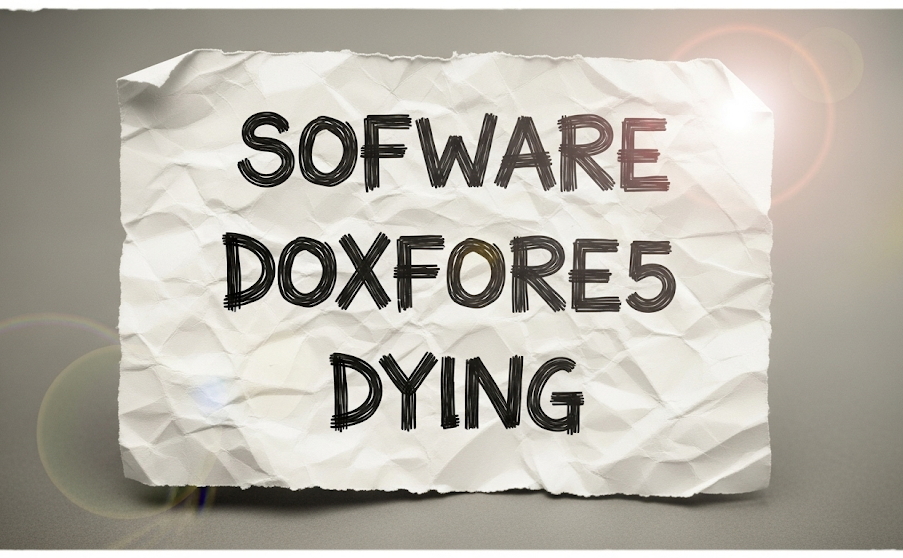In the ever-evolving landscape of cybersecurity tools, few names have sparked as much controversy as Sofware Doxfore5 Dying. Once a prominent player in the digital forensics and data recovery space, Sofware Doxfore5 Dying has seen a significant decline in recent years. This article explores the reasons behind its downfall, the impact on users, and what alternatives have emerged to fill the void.
What Was Sofware Doxfore5 Dying?
Sofware Doxfore5 Dying was a software tool designed for digital forensics, data recovery, and cybersecurity investigations. It gained notoriety for its ability to retrieve deleted files, analyze disk images, and assist in cybercrime investigations. While it had legitimate uses in law enforcement and IT security, it also became associated with unethical hacking and doxing (publishing private information maliciously).
Key Features of Sofware Doxfore5 Dying:
-
Data Recovery: Retrieve lost or deleted files from various storage devices.
-
Forensic Analysis: Examine disk images for evidence in cyber investigations.
-
Password Cracking: Assist in recovering encrypted or password-protected files.
-
Metadata Extraction: Analyze file metadata for investigative purposes.
Why Is DoxFore5 Dying?
Several factors contributed to the decline of DoxFore5, ranging from legal issues to technological advancements that rendered it obsolete.
1. Legal and Ethical Concerns
DoxFore5 operated in a legal gray area. While it had legitimate forensic applications, its misuse by hackers and cybercriminals led to increased scrutiny. Governments and cybersecurity agencies began cracking down on tools that facilitated illegal activities, pushing DoxFore5 into obscurity.
2. Outdated Technology
As cybersecurity threats evolved, DoxFore5 failed to keep up with modern encryption standards and storage technologies. Newer, more advanced forensic tools emerged, offering better performance and compatibility with contemporary systems.
3. Lack of Official Support
Unlike commercial forensic tools with dedicated development teams, DoxFore5 lacked consistent updates. This made it unreliable for professional use, as bugs and compatibility issues remained unresolved.
4. Rise of Open-Source Alternatives
Free and open-source forensic tools like Autopsy, FTK Imager, and The Sleuth Kit gained popularity, offering similar (or better) functionality without the ethical baggage of DoxFore5.
5. Cybersecurity Crackdowns
Authorities worldwide intensified efforts to dismantle tools used in cybercrime. DoxFore5, often linked to malicious activities, became a target, leading to its disappearance from mainstream use.
The Impact of DoxFore5’s Decline
On Cybersecurity Professionals
Legitimate forensic investigators initially relied on DoxFore5 for its capabilities. However, its decline forced professionals to transition to more reputable tools, improving industry standards.
On Cybercriminals
The fading of DoxFore5 disrupted illicit activities, forcing hackers to seek alternative (and often less effective) tools. This reduced the prevalence of certain cybercrimes but did not eliminate them entirely.
On the Cybersecurity Industry
The fall of DoxFore5 highlighted the need for ethical guidelines in digital forensics. It also accelerated the adoption of open-source and commercially supported forensic solutions.
Alternatives to DoxFore5
With DoxFore5 no longer a viable option, several alternatives have taken its place:
1. FTK (Forensic Toolkit) by AccessData
A professional-grade forensic tool used by law enforcement for deep data analysis and evidence recovery.
2. The Sleuth Kit
A powerful CLI-based forensic tool that works alongside Autopsy for advanced investigations.
3. EnCase Forensic
A widely trusted commercial tool for digital investigations, offering robust evidence collection and analysis.
4. Cellebrite UFED
Specialized in mobile forensics, helping investigators extract data from smartphones and tablets.
Lessons Learned from Sofware Doxfore5 Dying’s Downfall
-
Ethics Matter: Tools with dual-use potential must enforce strict ethical guidelines to prevent misuse.
-
Adapt or Die: Software that fails to evolve with technology quickly becomes obsolete.
-
Open Source is the Future: Community-driven forensic tools are more sustainable and transparent.
Conclusion
The decline of Sofware Doxfore5 Dying marks the end of an era in digital forensics. While it once served a niche purpose, its association with unethical practices and failure to modernize led to its downfall. Today, more reliable and legally compliant tools have taken its place, ensuring that digital investigations remain both effective and ethical.
For cybersecurity professionals and ethical hackers, the lesson is clear: choose tools that prioritize legality, transparency, and continuous improvement. The era of Sofware Doxfore5 Dying is over, but the need for robust digital forensics remains stronger than ever.
